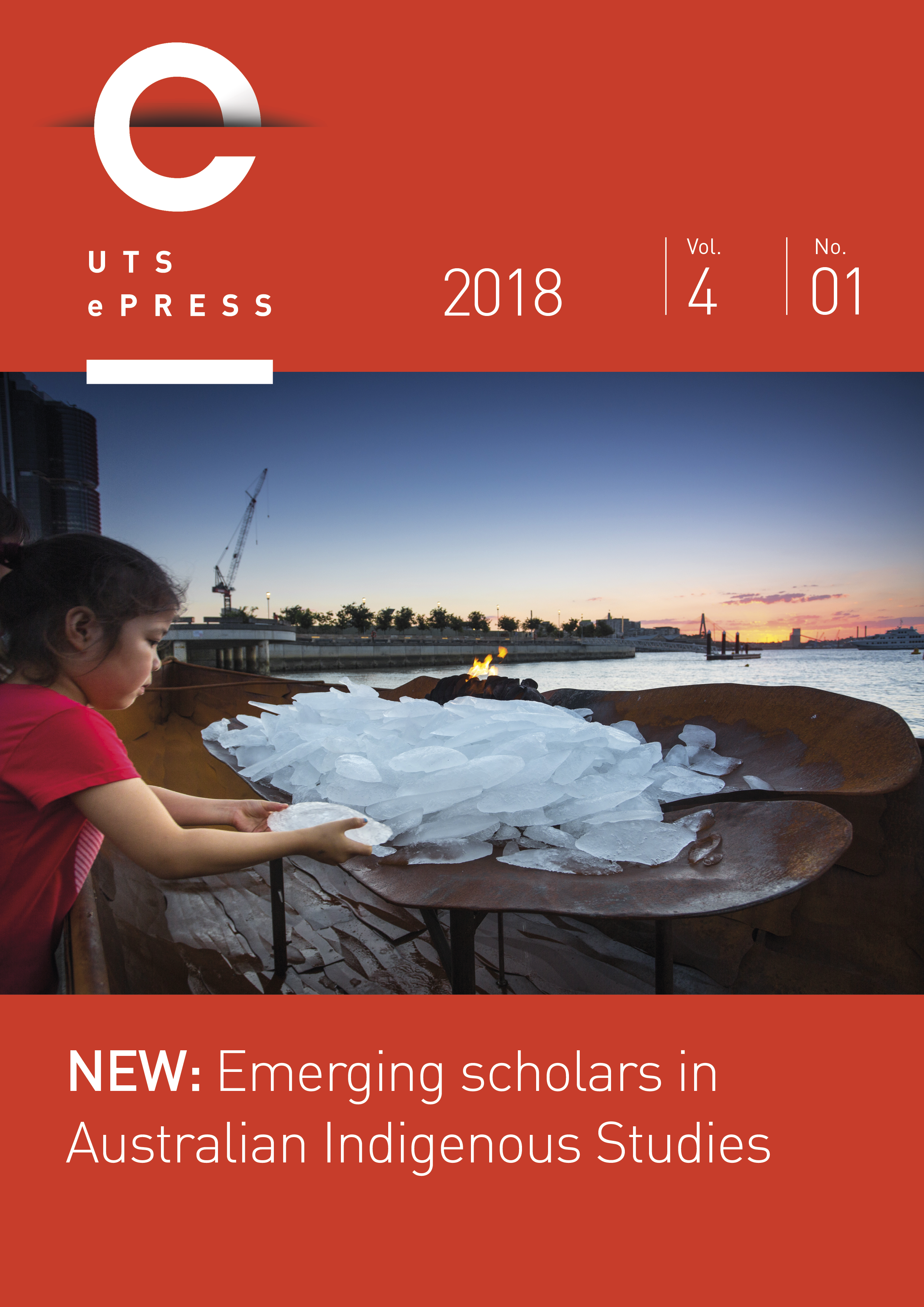Ballast Point Park / Walama
Main Article Content
Abstract
The significance and influence of Aboriginal culture at Ballast Point Park, dually named Walama, is understated and subtle. Located on the traditional grounds of the Dharug-speaking Gadigal people, the park is diverse and unique in its landscape. Stepping off the road and into the rocky clay clearing, there is the distinct feeling of leaving one place and entering a new one. I notice first the red and orange tones that are lit up under the harsh sun as I cross the clearing to reach the shaded path. All paths snake down the rocky cliffs to the water's edge where you have a panoramic view of the harbour. The site is known for its post-European settlement industrial history and littered throughout the park are remnants of tanks, pipes, and concrete slabs that pay homage to this chapter. However, what is striking about this park is not the industrial remains themselves, but the way in which they have become interwoven and hidden among the native Australian plants.
Article Details
Section
Authors who submit articles to this journal for publication, agree to the following terms:
a) Authors retain copyright and grant the journal right of first publication with the work simultaneously licensed under a Creative Commons Attribution License that allows others to share and adapt the work with an acknowledgement of the work's authorship and initial publication in this journal.
b) Authors are able to enter into separate, additional contractual arrangements for the non-exclusive distribution of the journal's published version of the work (e.g., post it to an institutional repository or publish it in a book), with an acknowledgement of its initial publication in this journal.
c) Authors are permitted and encouraged to post their work online (e.g., in institutional repositories or on their website) prior to and during the submission process, as it can lead to productive exchanges, as well as earlier and greater citation of published work (See The Open Access Citation Advantage Service). Where authors include such a work in an institutional repository or on their website (ie. a copy of a work which has been published in a UTS ePRESS journal, or a pre-print or post-print version of that work), we request that they include a statement that acknowledges the UTS ePRESS publication including the name of the journal, the volume number and a web-link to the journal item.
d) Authors should be aware that the Creative Commons Attribution (CC-BY) License permits readers to share (copy and redistribute the work in any medium or format) and adapt (remix, transform, and build upon the work) for any purpose, even commercially, provided they also give appropriate credit to the work, provide a link to the license, and indicate if changes were made. They may do these things in any reasonable manner, but not in any way that suggests you or your publisher endorses their use.
